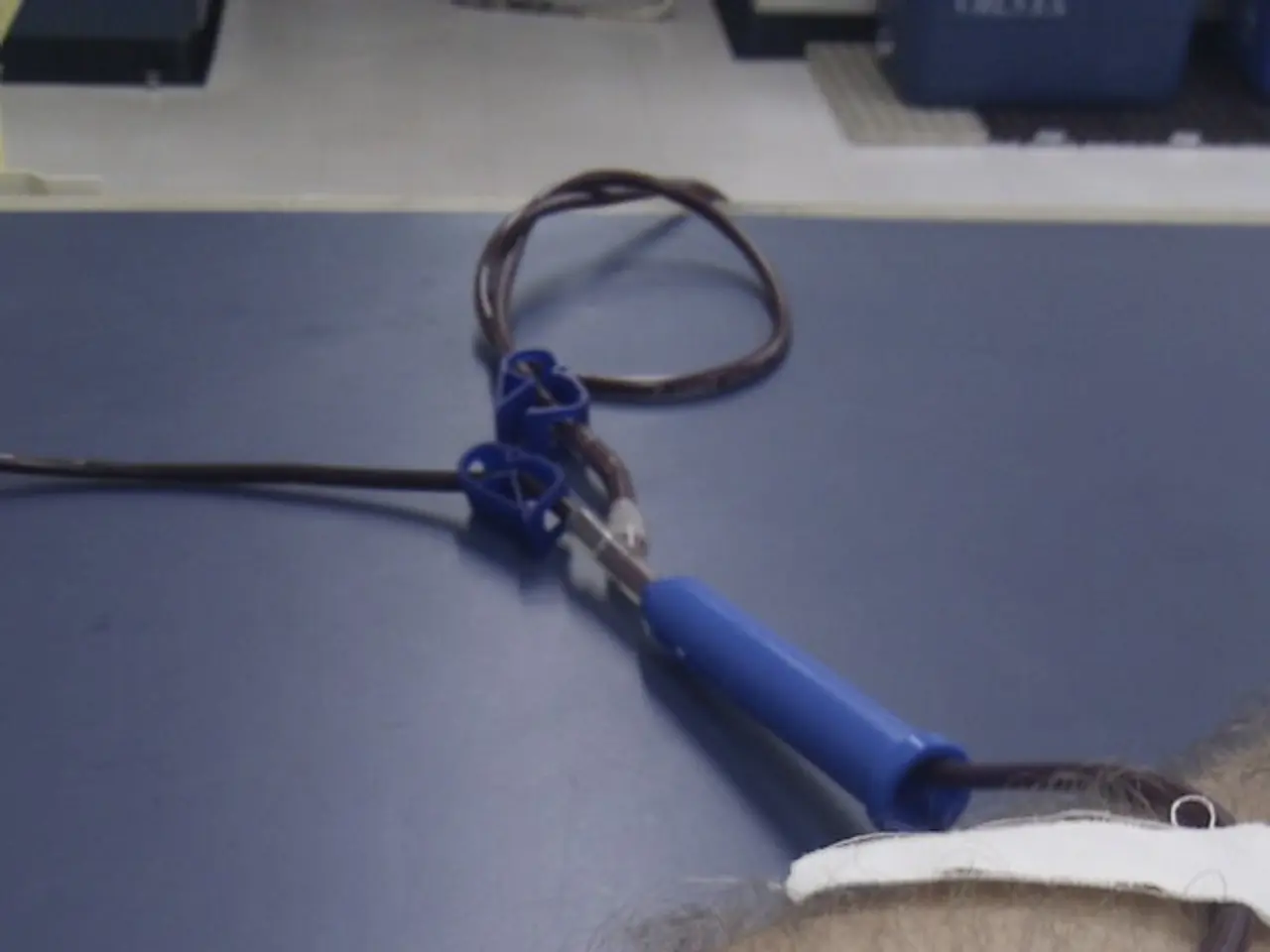Comparing Xarelto and Eliquis: Examining their shared features and distinct aspects
Xarelto and Eliquis: A Comparative Analysis of Blood Thinners
Xarelto (rivaroxaban) and Eliquis (apixaban) are direct oral anticoagulants (DOACs) commonly used to treat and prevent blood clots and stroke in adults with atrial fibrillation (AFib).
Both medications are effective at preventing strokes and systemic embolism in AFib patients. However, a review of studies found Eliquis to be more effective than Xarelto for this purpose, with a slight advantage in reducing ischemic stroke and systemic embolism risk, especially in patients with valvular heart disease. Another review, on the other hand, found that Xarelto and Eliquis were equally effective.
In terms of dosage, Xarelto is typically taken once daily, with common dosing around 20 mg once daily, sometimes 15 mg in patients with impaired kidney function. Eliquis, on the other hand, is usually dosed twice daily at 5 mg per dose, with a lower dose (2.5 mg BID) for patients with certain risk factors such as age over 80, low body weight, or impaired kidney function.
One significant difference between the two medications lies in their risk of bleeding. Real-world data shows Eliquis reduces the risk of major bleeding and all-cause death more than Xarelto. Eliquis is associated with a significantly lower risk of major bleeding compared to Xarelto, with 12.9 events per 1000 patient-years for Eliquis compared to 21.9 events per 1000 patient-years for Xarelto.
Both medications primarily cause bleeding as the most common adverse effect. Xarelto has additional side effects such as cough, vomiting, and gastroenteritis, particularly noted in children. Serious but rare effects for both include hemorrhage, bruising, stroke, allergic reactions, and organ function issues (kidney and liver).
Eliquis does not require frequent blood monitoring and has fewer food and drug interactions compared to warfarin, a traditional anticoagulant, making it generally preferable in many cases. Xarelto’s use in combination with low-dose aspirin has been studied for broader cardiovascular indications but carries a higher risk of gastrointestinal bleeding in older adults.
In a nutshell, Eliquis generally offers similar or improved safety and efficacy compared to Xarelto for stroke and clot prevention in atrial fibrillation, largely due to its lower bleeding risk and better clinical outcomes in real-world studies. However, individual patient factors like kidney function, dosing convenience, and bleeding risk should guide the choice between the two medications.
It is important to note that both Xarelto and Eliquis are brand-name drugs and are not available in generic form. The cost of Xarelto or Eliquis depends on the treatment plan, insurance plan, and pharmacy. Xarelto is more likely to cause bleeding problems in older adults (ages 65 years and older) than in younger people. Eliquis is not known to have an age-related risk of bleeding.
Xarelto and Eliquis have the same approved uses for atrial fibrillation (AFib), deep vein thrombosis (DVT), and pulmonary embolism. Both medications are direct-acting oral anticoagulants (blood thinners), with Xarelto typically taken once daily and Eliquis typically taken twice daily.
- In addition to their primary use for atrial fibrillation, both Xarelto and Eliquis are also used to treat deep vein thrombosis and pulmonary embolism.
- The use of Xarelto in older adults (ages 65 years and older) may increase the risk of bleeding problems compared to younger individuals.
- Eliquis does not appear to have an age-related risk of bleeding.
- Besides bleeding, which is a common side effect for both medications, Xarelto may also cause cough, vomiting, and gastroenteritis, particularly in children.
- Scienetists are investigating the potential use of Xarelto in combination with low-dose aspirin for broader cardiovascular indications, but this combination carries a higher risk of gastrointestinal bleeding in older adults.
- Diabetes, type 1 or type 2, psoriasis, depression, colitis (ulcerative or Crohn's), spondylitis (ankylosing), obesity, COPD, and cardiovascular health can be part of a comprehensive health-and-wellness plan, which may also include therapies-and-treatments like Xarelto or Eliquis.
- Medical-conditions like diabetes and cardiovascular health are crucial factors to consider when assessing the risk-benefit profile of blood thinners like Xarelto and Eliquis.
- The predictive impact of blood thinners like Xarelto and Eliquis on health outcomes, such as stroke or blood clot prevention, can vary based on individual patient factors like kidney function, dosing convenience, and bleeding risk.





